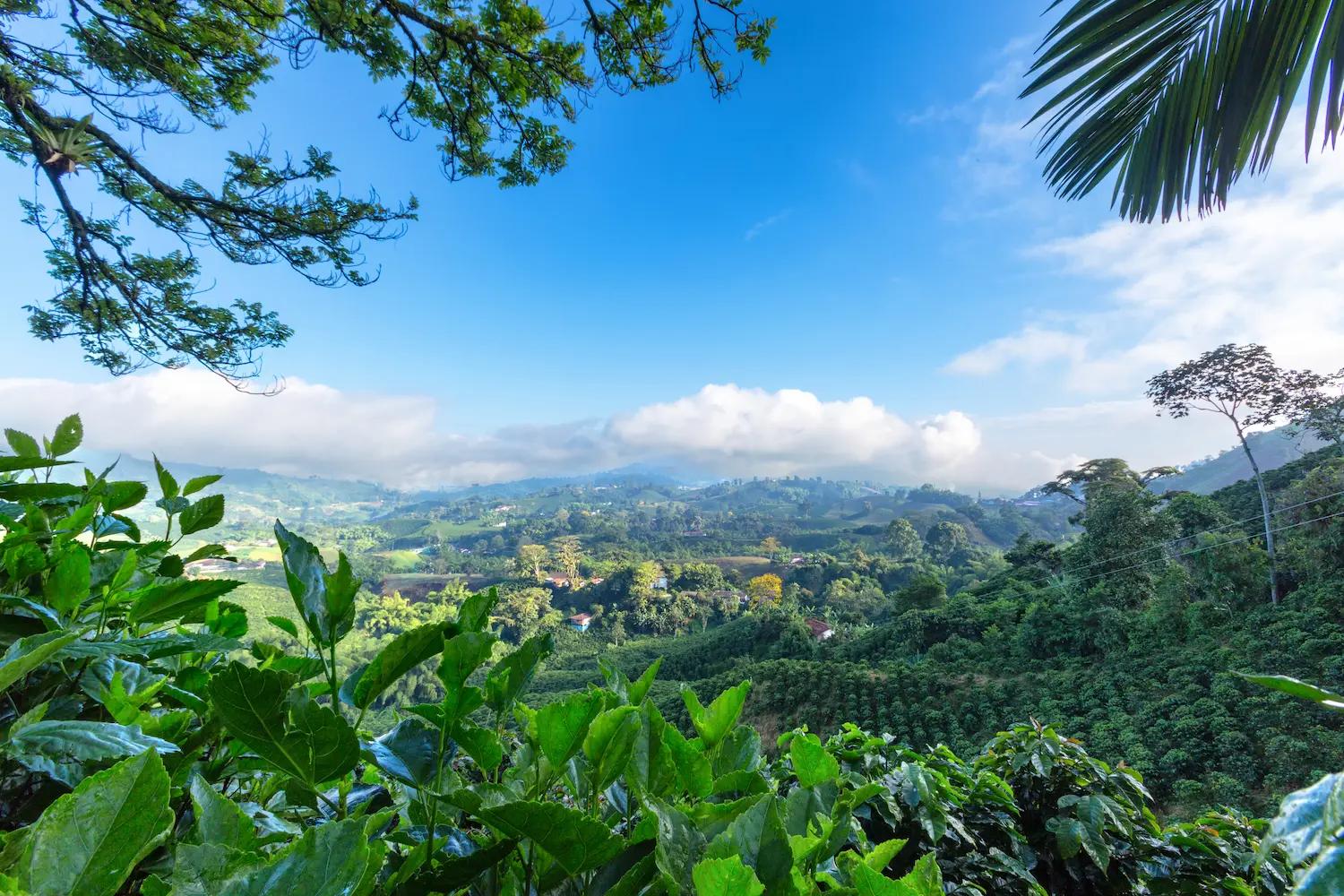
Colombia
Fernando Botero
One country, many faces
In Botero's words we find not only nostalgia, something that is shared by so many of those who live far from their homeland, but also evidence of a bond with a land of strong contrasts, which profoundly affects those who are born there (Botero himself said "I have never painted anything different from the world as I knew it in Medellìn"), and even affects those who visit it only once.
It's hard to deny the past that Colombia still struggles to fully free itself from, but it would be unfair to overlook the fact that it's also a land of magnificent rainforests, inaccessible and fascinating mountains, beautiful beaches on both the Pacific and Atlantic Oceans, a diverse range of plants and animals (especially birds), delightful towns and humble, hospitable people.
The territory
To understand how much Colombia has to offer in terms of variety and environmental richness, you only need to look at the regions into which the country is roughly divided. There's the Amazon region, whose forests cover a large portion of the country's south-eastern territory and border the Andean region, some of whose peaks rise to over 5,000 metres. There's the Pacifica region, a coastal area squeezed between the ocean and the mountains.
The island region is made up of a series of volcanic islands off the Pacific coast, while other islets are found on the Atlantic side of Colombia. This is known as the Caribbean region. Finally, there's the region of the Orinoco, the second largest river in South America after the Amazon River. Colombia is also located on the Pacific Ring of Fire, meaning that its landscape is dotted with volcanoes and is prone to significant seismic activity.
Treedom in Colombia
Treedom's work in Colombia began in 2018 and has been growing year after year. The first area identified was the indigenous territory in the foothills of the Sierra Nevada de Santa Marta, in the north of the country. This area is close to the archaeological site of Ciudad Perdida, one of the most important sites in Colombia.
It is believed that this city was founded around 800 AD, about 650 years before Machu Picchu. The site can only be reached on foot, along a path that runs right through our project area. The agroforestry work, with consequent improvements in the hydrogeological situation of a large part of that territory, will also have positive repercussions for the thousands of annual visitors to the archaeological park of Ciudad Perdida.
Growing together
Our activities have broadened over time, thanks to the outstanding working relationship with our partners on site and the opportunities offered by a country with such a diverse environment. Today, our projects are found in a wide range of locations, from mountainous areas on steeply sloping terrain, where trees also serve to hold back the soil and prevent excessive runoff, to flatter areas.
We plant numerous typical species, such as pink cedar, guava, guanàbana (soursop), Criollo cocoa and combinations of forest and fruit species, including cocoa and coffee, to deliver the widest possible spectrum of environmental and social benefits. In this sense, our projects in Colombia also involve indigenous communities belonging to ethnic groups with deep and ancient ties to their land.
328,837
trees planted in Colombia
11,810
beneficiaries involved in Colombia
